By Boysenberry45
Are the two birds above really both Black-Crowned Night Herons? Yes, the only difference is their age!
The black-and-white version with the dark beak and ruby red eyes, perched picturesquely in a matching red Japanese maple tree at the Pond, is an adult, and the heathery brownish one with the amber eyes, seen on Duck Island, is a juvenile.
The best place to look for Black-Crowned Night Herons in Central Park is at the water’s edge, where they lurk and fish during the daytime and at night, although they are more active in the evening. Their eggs also change color from deep green to a paler shade of green or blue, but you are far less likely to get a glimpse of those, since the nests are usually at least ten to forty feet high (sometimes above one hundred feet up), perched in a tree, or hidden in a bed of reeds.
While both parents share incubation duties, the female is the primary nest builder, using materials supplied by the male. Black-crowned Night Herons first breed at about two years of age. Their breeding plumage is most obviously marked by a long white “ponytail” that is often seen blowin’ in the wind — perhaps Bob Dylan’s inspiration? Probably not.
To read the other Central Park Birding Reports, click here.



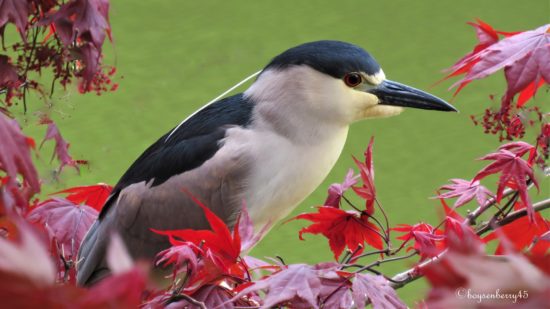
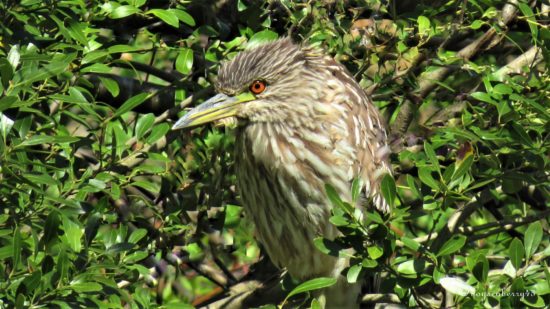
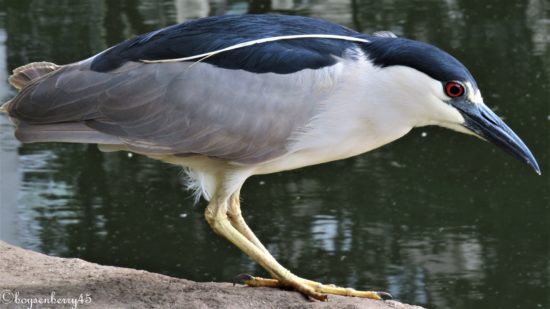
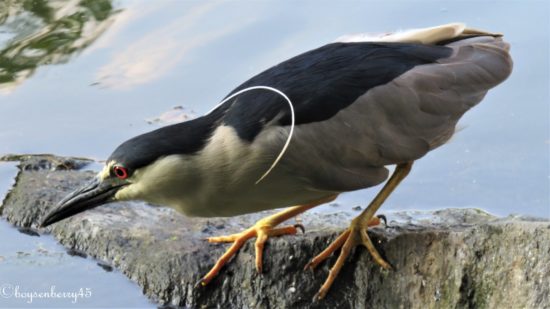



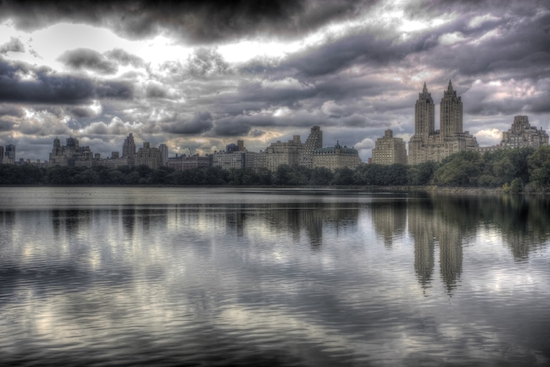
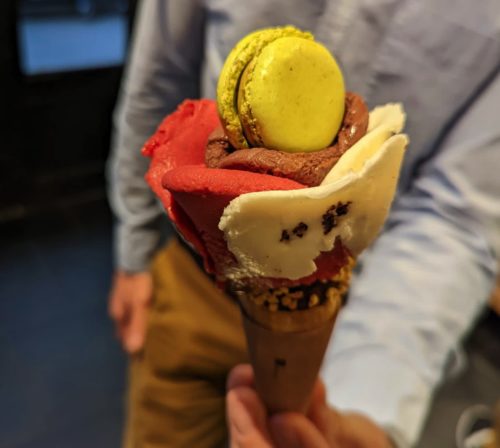
Thanks. That was fun!
Love them both! Just witness a dramatic chase of the BCNH by a red tailed hawk at the Central Park Pool this morning.
Love these reports and the picture are beautiful. Thank you!
Love the WSR Central Park Birding Report! Thank you to Boysenbarry45 for the photos and wonderful commentary.
Love this column and the pictures!
Please keep giving updates on bird activity in Central Park.
This is another misnamed bird, which drives me crazy as a birder. The head is blue, not black!
Thank you Boysenberry45 for the stunning pictures and great information